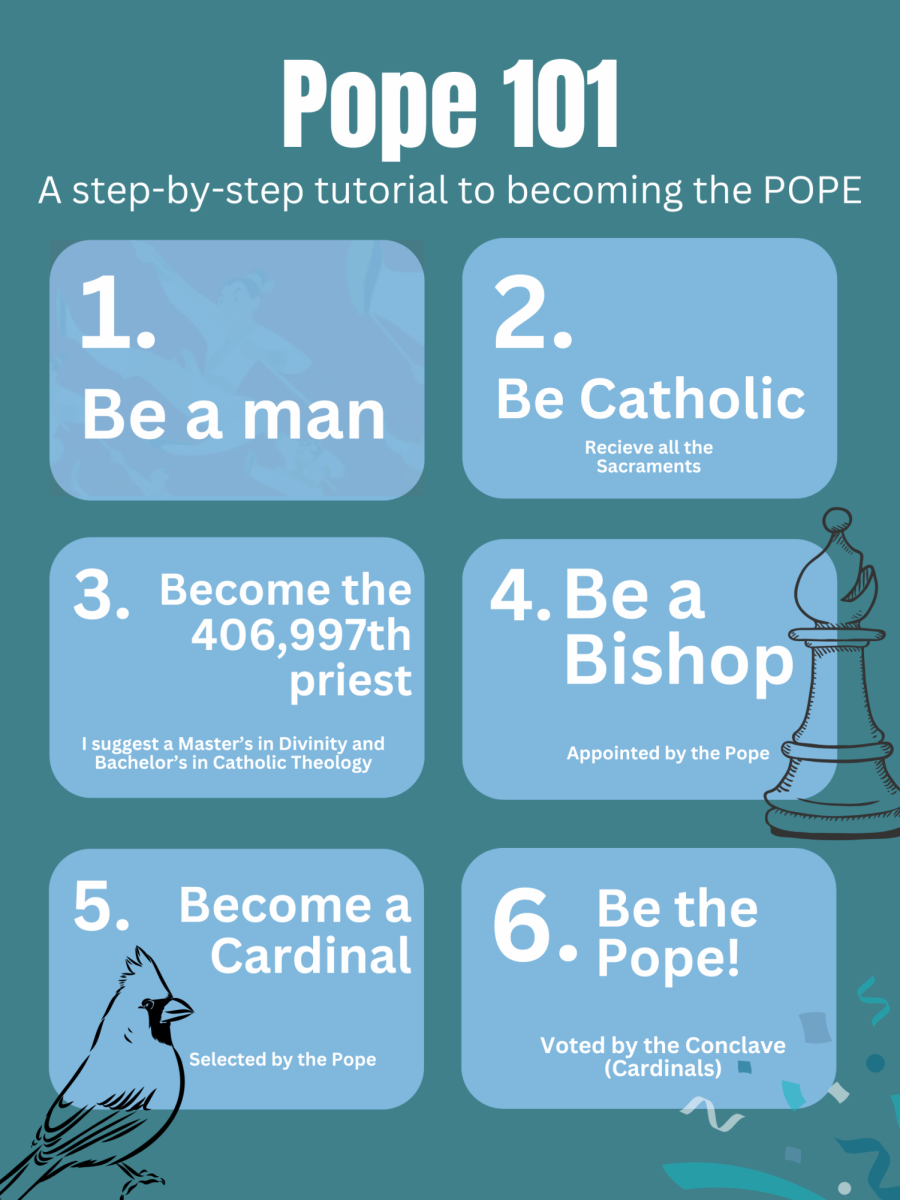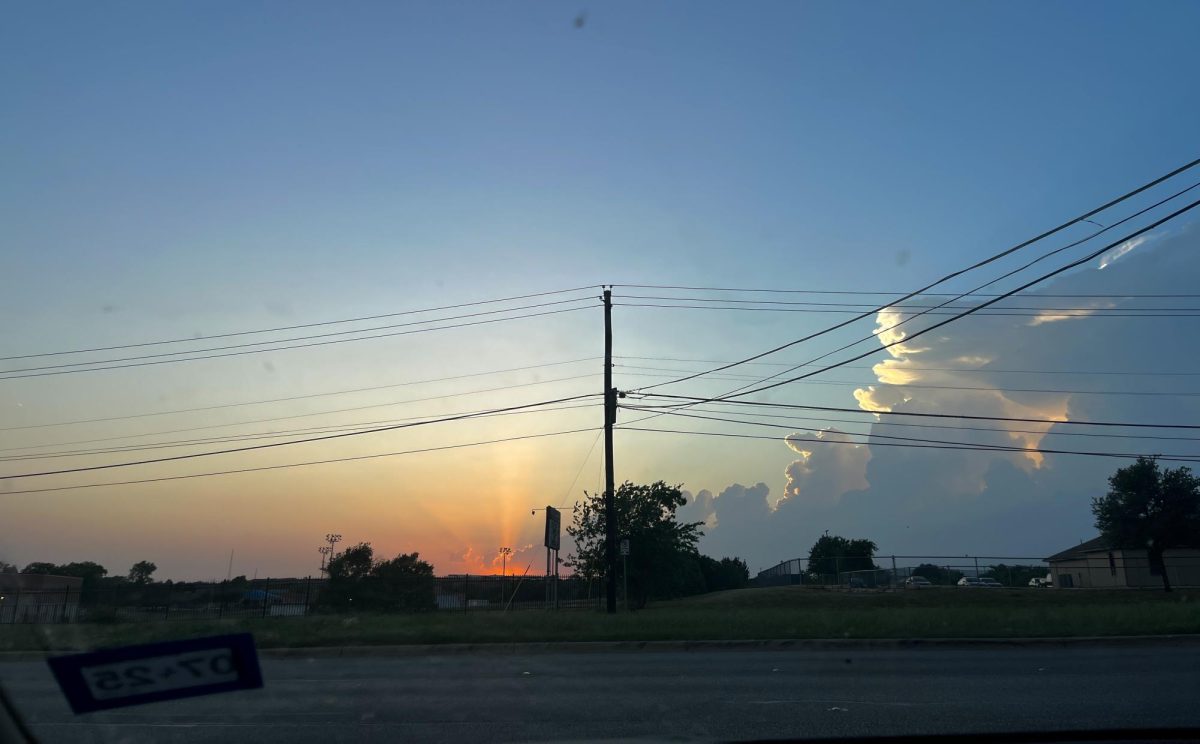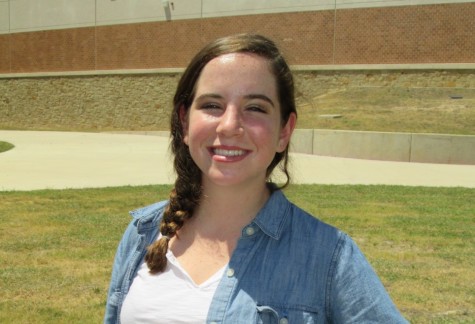Vandegrift is home to students from various places all over the globe, including Germany, Mexico, France and more. Whether it’s Christmas, New Year’s or any other holiday, there are numerous variations and traditions for celebrating holidays in December and January, all around the world.
One variation of Christmas is the celebration of Saint Nicholas Day in Germany. Celebrated on the night of Dec. 6, Saint Nicholas leaves little presents for every family member while they sleep.
“We put our shoes outside of the door and Saint Nicholas leaves little presents in them, sort of like stockings in America,” sophomore Anne-Katherine Ermisch of Germany said.
In Germany, the coming of the holiday season is marked by the eating of oranges and several different baked goods. Although Christmas is celebrated in Germany, there is more of an emphasis of the celebration of Christmas Eve, rather than Christmas day.
“On Christmas Eve, you celebrate with your close family and later your extended family comes in,” junior Theresa Wurfel of Germany said.
France also celebrates Christmas on Dec. 24 and it is celebrated with a cake in the shape of a log called the “buche de noel” that refers to the yule log and its recipe dates back to the 19th century.
“We celebrate Christmas on the 24th. We dress up and eat dinner as a family on Christmas Eve and during dinner we take a break and open our presents and then we go back and eat dessert,” sophomore Justine Maire of France said.
Christmas is also widely celebrated in Mexico through the holiday Dia de Los Reyes Magos that celebrated the three kings’ pilgrimage to deliver the three presents to Christ. The holiday is celebrated with family and the eating of Rosca de Reyes or “king’s cake” a cake in the shape of a circle with a baby Jesus figurine hidden inside representing how the birth of Jesus needed to be a secret. The Christmas holiday in Mexico is also celebrated on Dec. 24 and is characterized by many plays and singing welcoming Christ.
“For Podadas and novena we get together with family and pray and sing to welcome Christ,” sophomore Lety Santillana from Mexico said.
Similar variations of Christmas are also celebrated in Columbia, however, they put a larger emphasis on the celebration of New Year’s Eve. Many traditions and rituals take place on Dec. 31 in Columbia in an effort to start the year off right.
“On New Year’s Eve, Columbians make dolls and fill them with papers that have our year’s regrets listed on them and we throw them in a fire and burn our regrets,” sophomore Mariana Gama from Columbia said.
In Venezuela, the Celebration of New Year’s Eve is also emphasized to ensure a good start to the year. Eating 12 grapes is a widely practiced tradition in Venezuela and other Latin countries. When the countdown to the New Year begins, Venezuelans eat 12 grapes, one per second, and stand on their left foot until the New Year begins to literally start the year on the right foot.
“On New Year’s eve there are huge parties with all of your friends and family. There is lots of dancing and when we get close to the countdown to the new year, we tune the radio station so we can hear the 12 town bells. Everyone stands on one foot and eats one grape for each bell that rings and once the new year starts, we step back onto our right foot and hug everyone at the party wishing them ‘feliz ano!’,” Spanish teacher Mrs. Lebel said.








